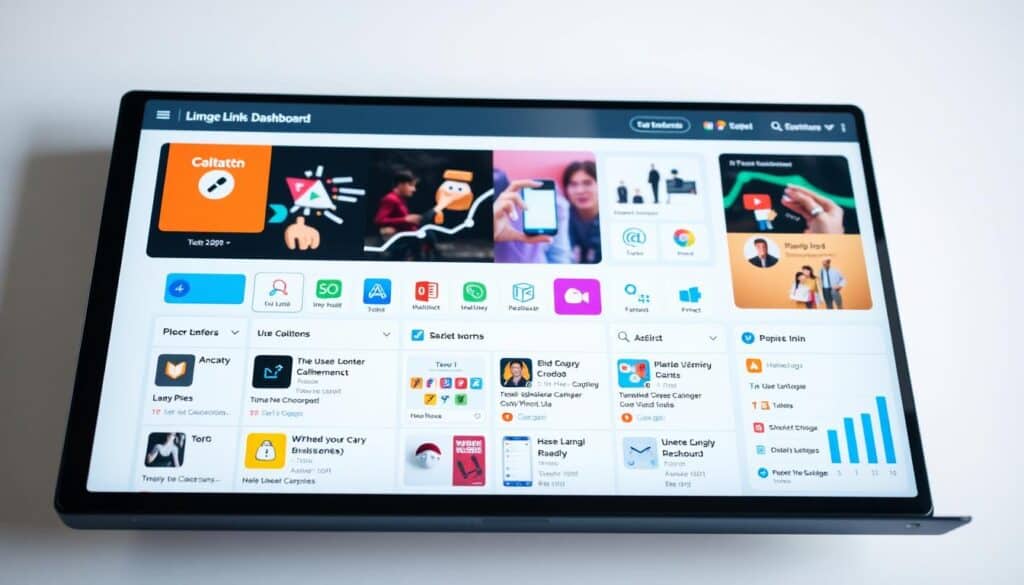Collecting Addresses Through a Address Collection Site
Collecting addresses can be a lengthy, challenging task during the COVID outbreak. If you're collecting addresses for a wedding, event or holiday card, having a central list of addresses will make this process much less stressful!
Create a website using your own URL. Share this URL with family and friends so they can give you their addresses, birthday information, phone numbers and so on. Your new website will save all of the information you need - no charge, limit or hassle!
Addresses to be collected
Collecting addresses is an essential job for any wedding. It can be accomplished using many different methods, both digital and traditional. A website can be the most efficient way to collect and organize addresses. These websites are designed to be easy to use and can be shared with your family and friends so they can add their details online. You can then download all the information as an Excel spreadsheet or CSV file at anytime. 링크모음 are usually free to use, and they never store or sell your address information.
Mailbook is among the most sought-after choices for digital invitations. This site helps couples gather and compile the information they require to send invitations. Once you register for a free account with the site you'll receive an individual link that can be shared via email, text message or facebook. The link will prompt users to enter their email address and save it to your personal contact list. The service offers a variety of features that will make the wedding planning process for couples.
Apps for tablets and smartphones are a second option to organize and collect addresses. These apps can be used to design customized envelopes and labels to mail invitations and thank you cards. Most of these apps are free to download for free and provide various options that can be useful to any wedding planning.
There are many ways to gather addresses for weddings, and using a combination of digital and manual methods is often the best way to ensure that all your guests are invited. In addition to making the process more efficient, having a centralized list of addresses can aid you to communicate with your wedding vendors and cross off the other items on your wish list.
Mobile Apps
Every mobile phone comes with an address book built-in which is often referred to as "Contacts." These apps include additional tools to assist you in managing your personal information. Some have backup and synchronization capabilities which allow you to transfer content and contact information between devices. Some offer special features, such as a social compass which alerts friends of one another's presence or a caller identification feature that allows users to exchange contact details with just a click.
CircleBack (FreeCircleBack (Free) helps eliminate duplicate entries and improve contact information by automatically merging new data from social media accounts. The app also identifies missing information, like job titles, and also alerts when the contact has been updated on a different device.
Stat Trak Address Book is an easy software application that lets you to save contact information as well as print address books and labels. Its flexible features permit you to save additional information in notes and group information into categories. The software allows you to recall contacts by their first or last name and provides reminders for birthdays that are coming up. It also allows you to analyse business data using detailed reports and saves time by automating tasks. The software provides multiple printing options for envelopes and address labels, including a template feature to create your own designs.
Manual Methods
Addresses are a vital element of information that is used for administrative purposes and emergency response research and development and mapping, GIS, and routing and navigation. Addresses are collected by a variety of local authorities and are stored in numerous databases and records. They are used for a variety of different reasons. The different formats and data types present unique challenges to the integration of these vital files into central databases. Software programs can parse and standardize this data, cleaning up duplicates and inaccurate entries and ensuring that the data is accurate and complete.
These programs use algorithms that rely on complicated databases and structures such as GeoPostcodes to determine the reliability and validity of data. The data is then incorporated into the CSDGM to create one file. The program is able to check and compare the file against authoritative databases to ensure that the information is correct and up-to-date.
These programs are expensive to install and maintain, even though they offer useful features. These programs are not easy to implement or use in large organizations or by the general public. In addition, they could be susceptible to errors and bugs that can result in inaccurate or insufficient address data.

There are a few standards that allow for data related to addresses, such as the Content Standard for Digital Geospatial Metadata(CSDGM), OpenGIS Simple Features Specification For SQL Revision 1.1 and the Geographic Information Data Model(OGDM). The OGC has a variety of other standards that are more directly focused on the data associated with addresses, but they do not take into account the quality of information or reports.
The OGC has three standards, ISO 19113, 19114, and SDTS that are more focused on the particulars of describing and transferring data that has an address component. These standards include testing of content for different uses of this type metadata and methods to assess the quality of the data.
A database is the most commonly used method to store and collect address information. It can be as easy as a spreadsheet or as complex as tables and data structures. It is a widely-used and flexible tool, but can be difficult to set up and maintain, especially in large organizations.
